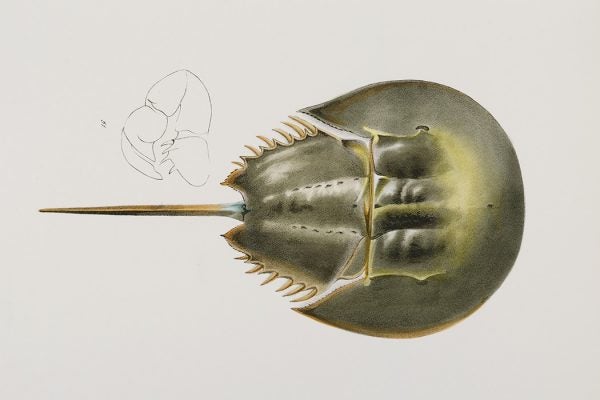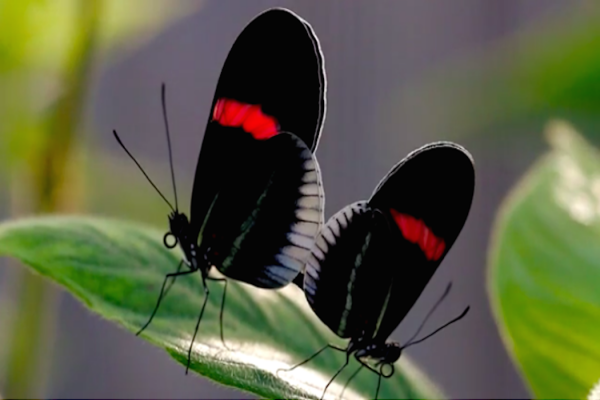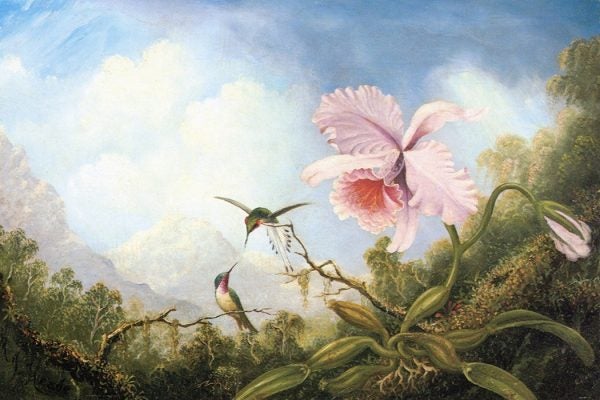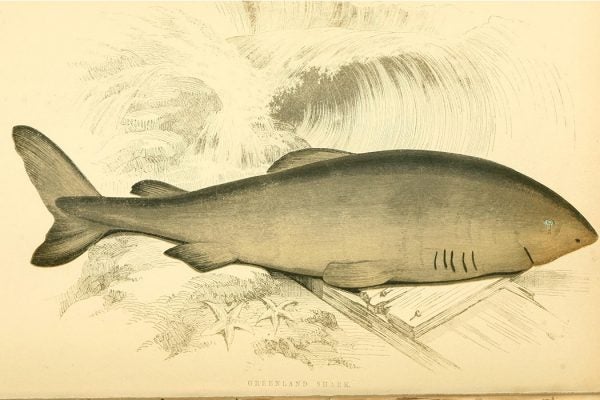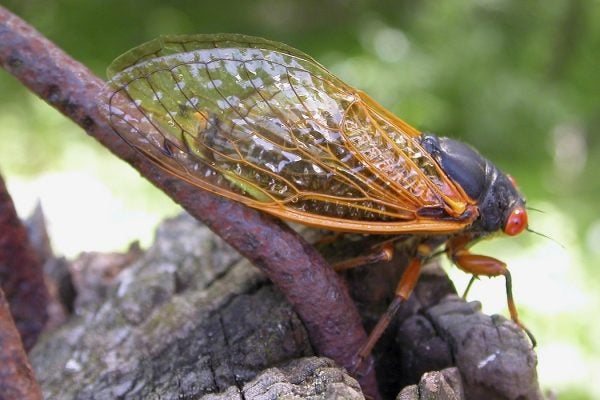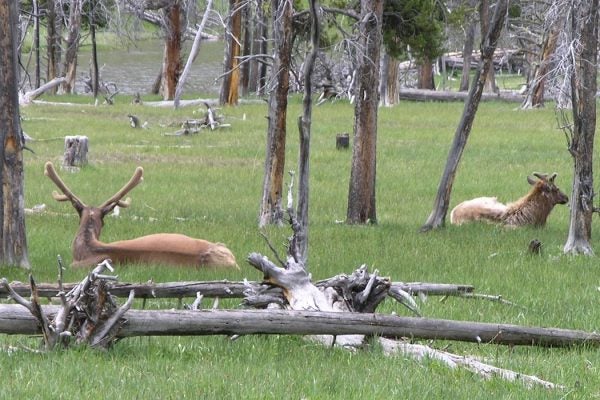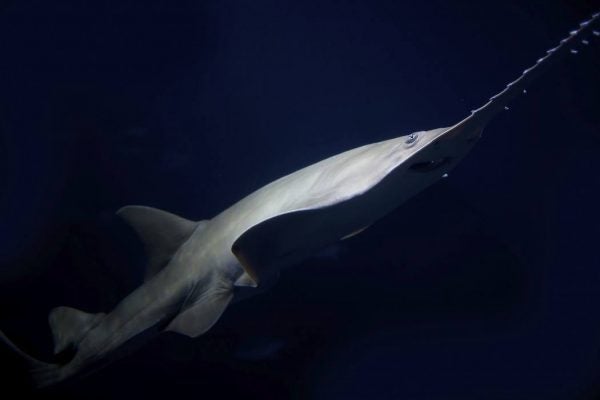The Horseshoe Crab: Same as It Ever Was?
The seemingly static appearance of these ancient-looking arthropods presents a challenge for scientists who want to study their evolutionary history.
The Cartoonishly Giant Antlers of the Irish Elk
The mystery of the Irisk Elk's giant antlers attracted the attention of famous evolutionary biologist Steven Jay Gould.
Richard Prum: How Does Beauty Evolve?
Prum speaks on Darwin’s idea of sexual selection, the importance of arbitrary traits, and why he could never choose a favorite species of bird.
Love, Sex, and Cyanide—The Private Life of a Toxic Butterfly
Heliconian butterflies choose mates with similar wing patterns. Their genes make them do it.
Are There “Transgender” Proclivities in Animals?
We tend to think of gender expression as uniquely human. But many species gain advantages by projecting an opposite-sex appearance.
Slow, Steady, and Very, Very, Very Old
Why do Greenland Sharks and Pacific Rockfish live for hundreds and hundreds of years?
Can You Hear It? The Cicadas Are Back
After 17 years quietly developing under the soil, 3 species of periodical cicadas emerged this summer. How do these insects coordinate?
National Parks Are Like Islands for Wildlife
There’s no doubt that national parks are good at getting people in touch with the natural world. But how good are they at conserving wildlife?
With Few Mates, Female Sawfish Go It Alone
Smalltooth sawfish are increasingly reproducing without males, according to new research.
